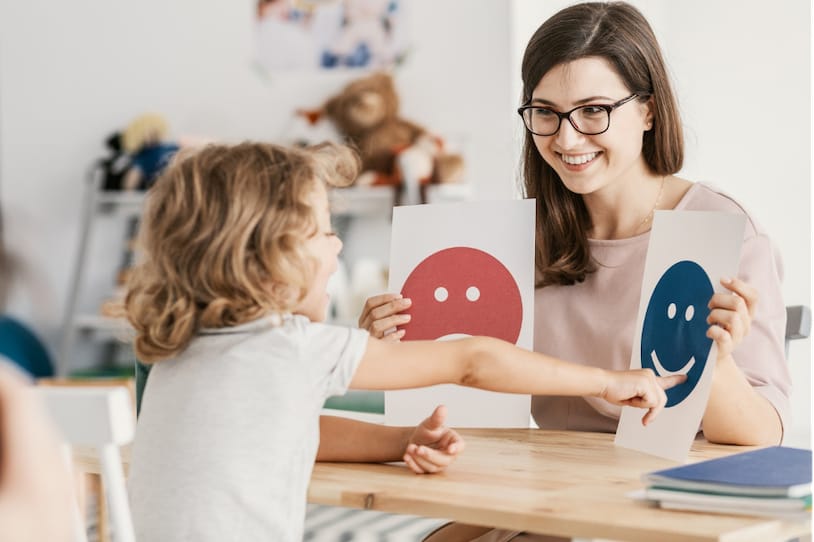Knowing the Difference Between a Child Struggling and a Learning Disability
As a parent, you want your child to succeed and do well, in all areas of their lives. If your child is experiencing academic difficulties in school, you want to help them do better. It’s not uncommon for children to experience certain difficulties with learning. Some may have trouble grasping a topic, especially if it’s new to them.
If a child receives the appropriate instructions and support, but keeps having trouble, a learning disability could be the issue.
It’s important to know the difference between a child who is struggling at school as a result of not being able to grasp a topic, and a child who has a learning disability.
What is a Learning Disability?
Some children may experience difficulties learning a topic. Many children have trouble reading, while other children have trouble with math. For the most part, these children receive more help, and they can better understand the topic.
A child who has a learning disability has trouble receiving and processing information. The inability to normally receive and process information can affect the child’s ability to read, write, and do math. A learning disability can also affect a child’s ability to understand directions.
Learning disabilities are common in the United States. The latest statistics show that in the 2017-2018 academic school year, 34% of students had a learning disability. There are different types of learning disabilities. Dyslexia, dysgraphia, and dyscalculia are some of the most common learning disabilities.
Identifying the Signs of a Learning Disability
To differentiate between the inability to grasp a topic and a learning disability, it’s important to look out for the signs. Lack of enthusiasm for reading or writing and trouble following directions are two signs of dyslexia.
Problems paying attention and staying organized are two other signs of a learning disability. Difficulties memorizing basic calculations and calculating math problems are two signs. These could be signs of a math disorder (e.g., dyscalculia).
Early Detection of Learning Disabilities
Besides looking for signs, consider asking your child’s teacher if your child has shown some of the signs of a learning disability. Your child’s teacher takes the time to recognize the many differences in the students. The teacher can tell you if your child is having trouble.
By detecting your child’s learning disability early on, you can get the help they need to manage this problem. The goal is to get your child the tools, support, and therapy, he or she needs to improve the ability to receive and process information.
Overcoming a Learning Disability
If you believe your child has a learning disability, look for the signs listed in this guide. If your child has a learning disability, they will continue to struggle in school unless you get them help.
If you have any questions about learning disabilities, or would like to speak with our staff, please visit our contact us page.


